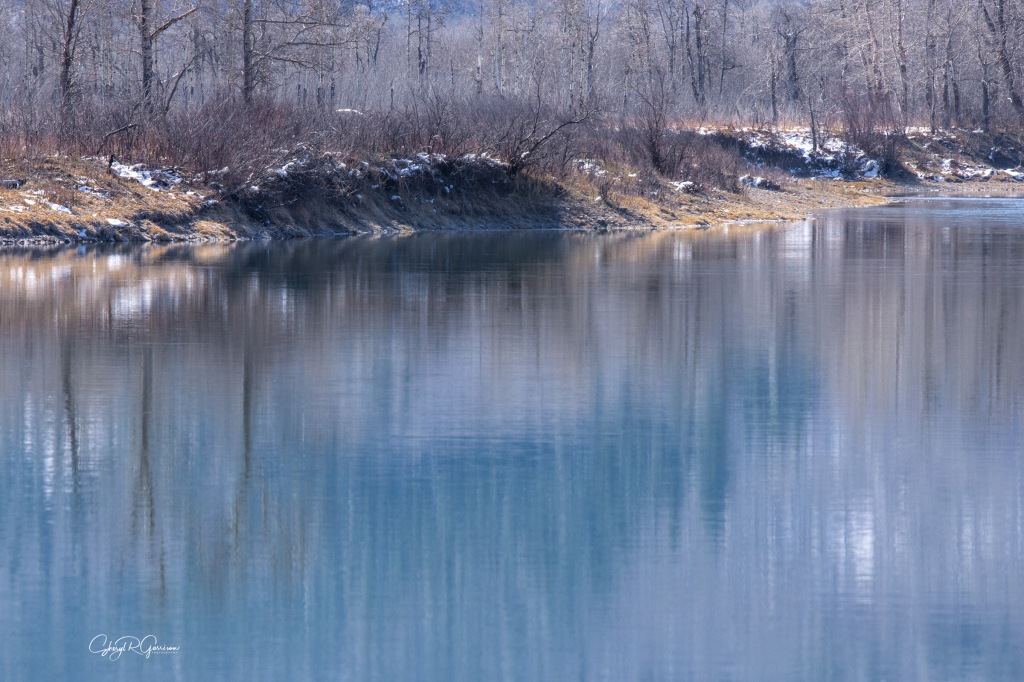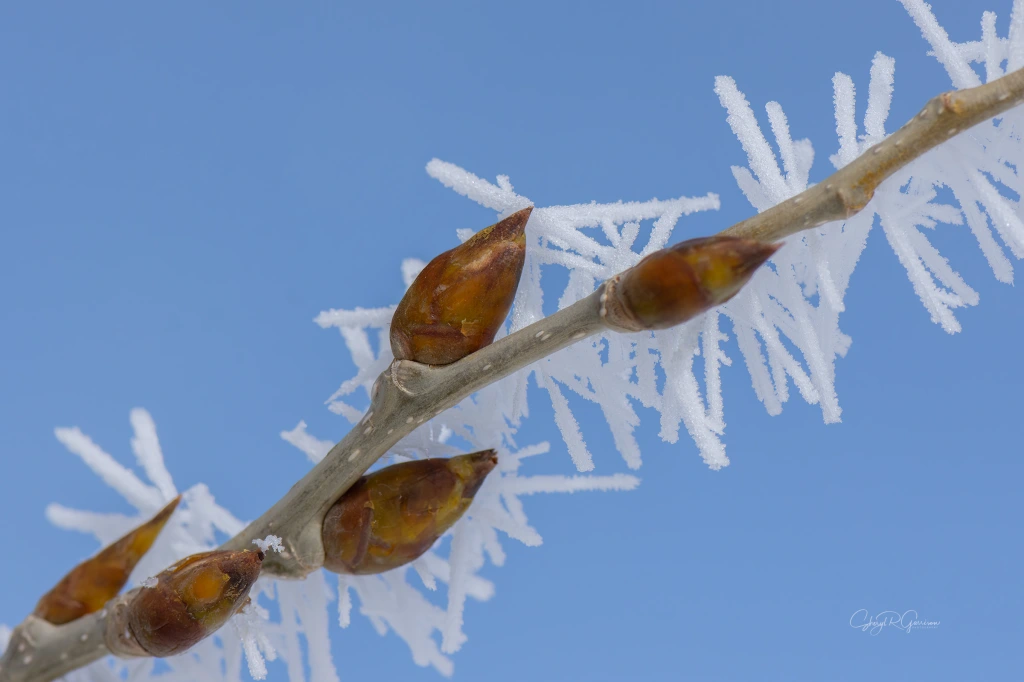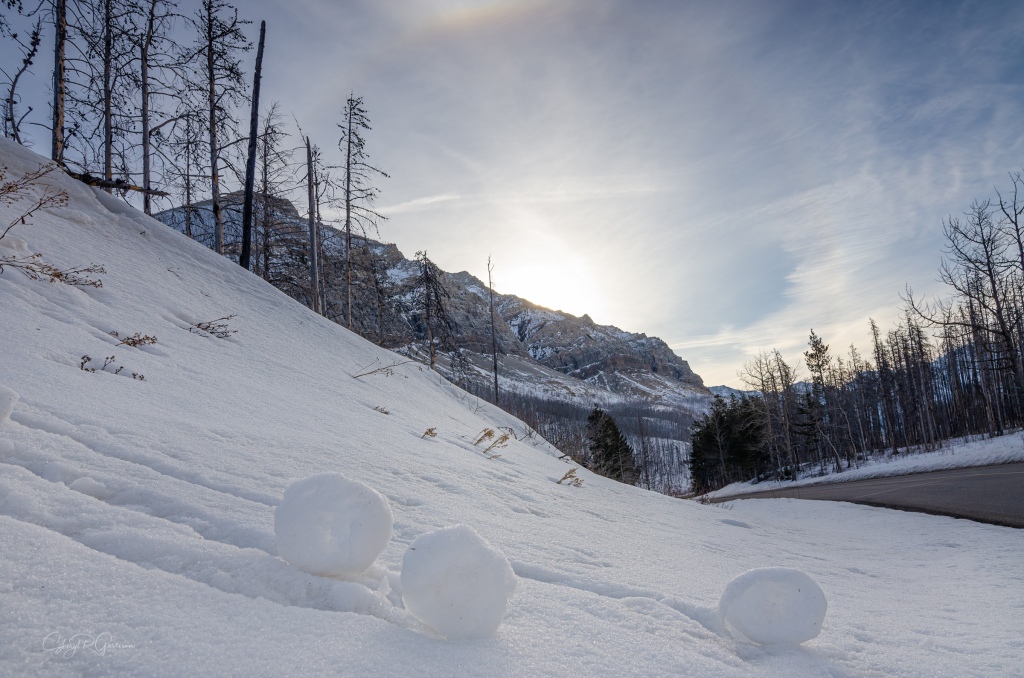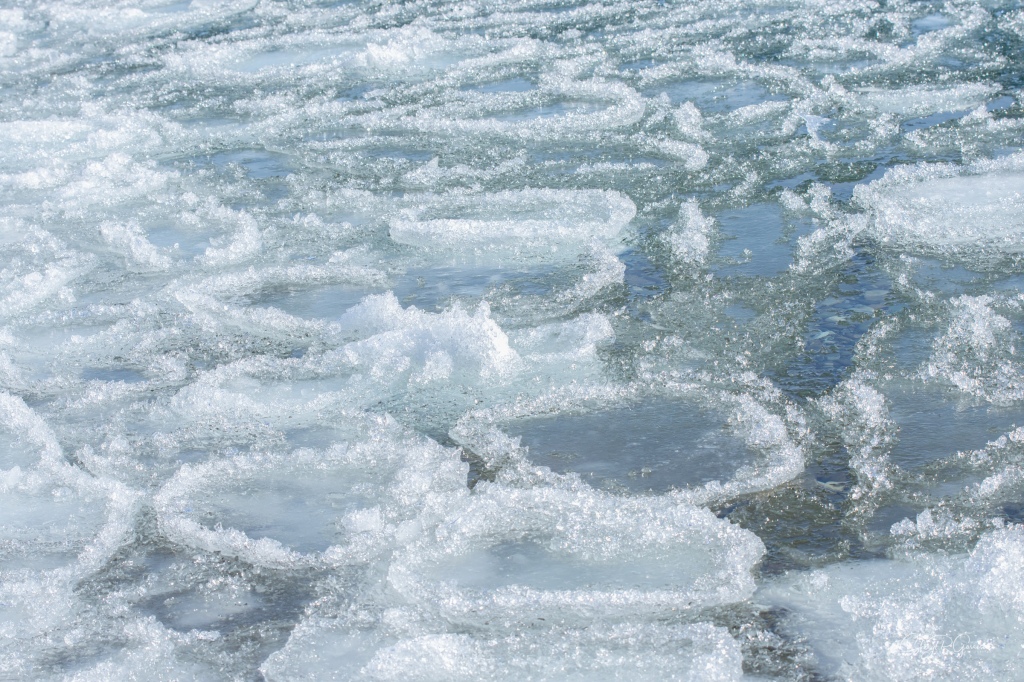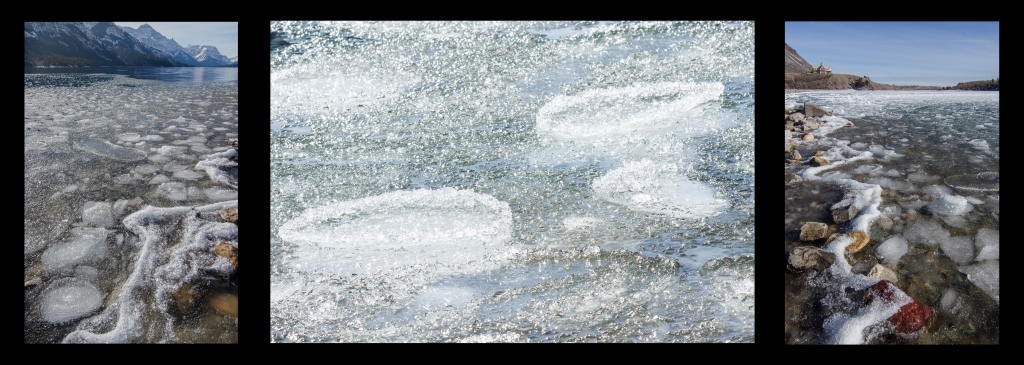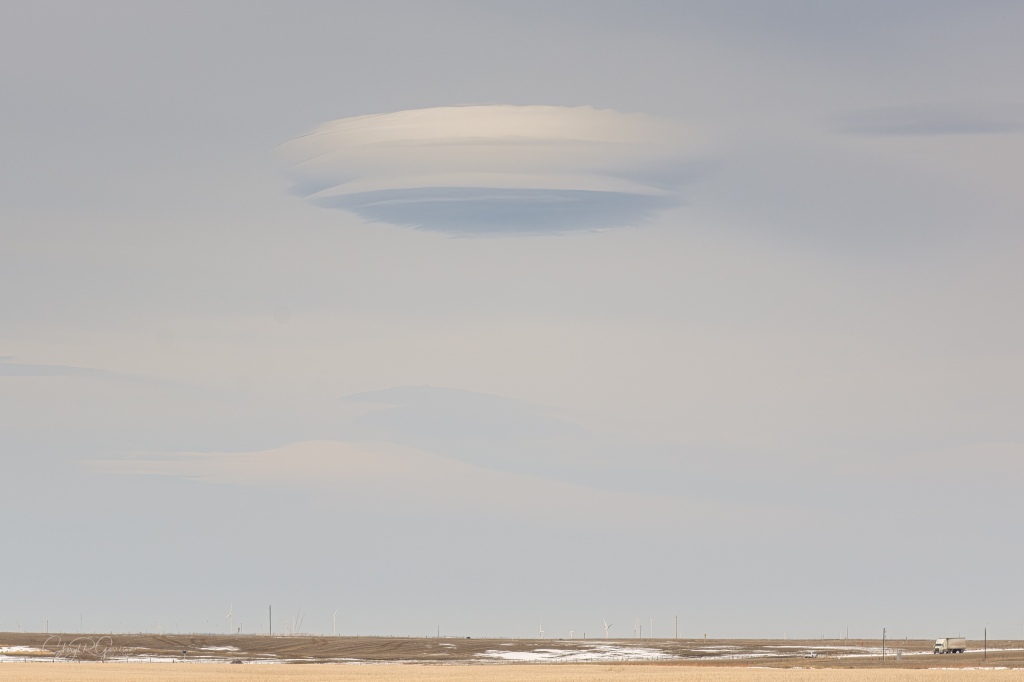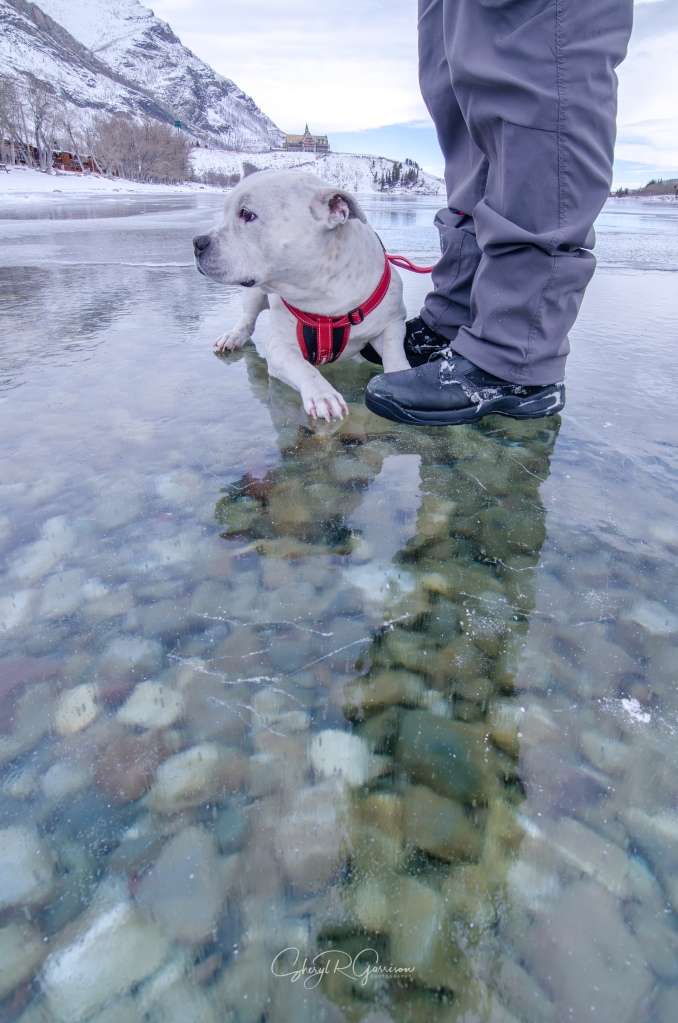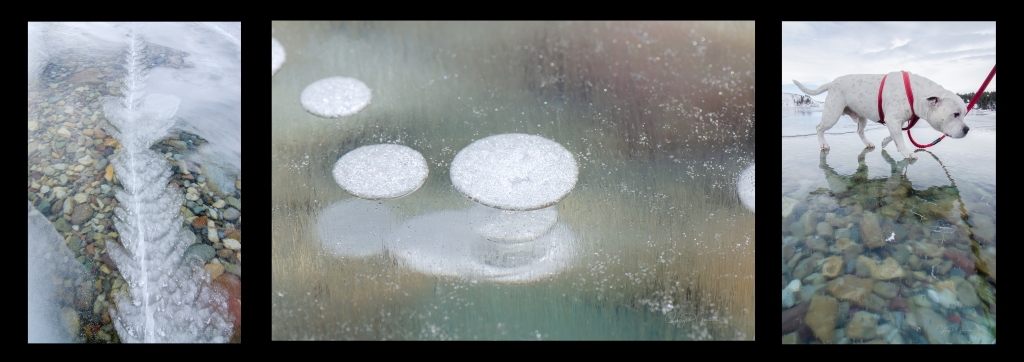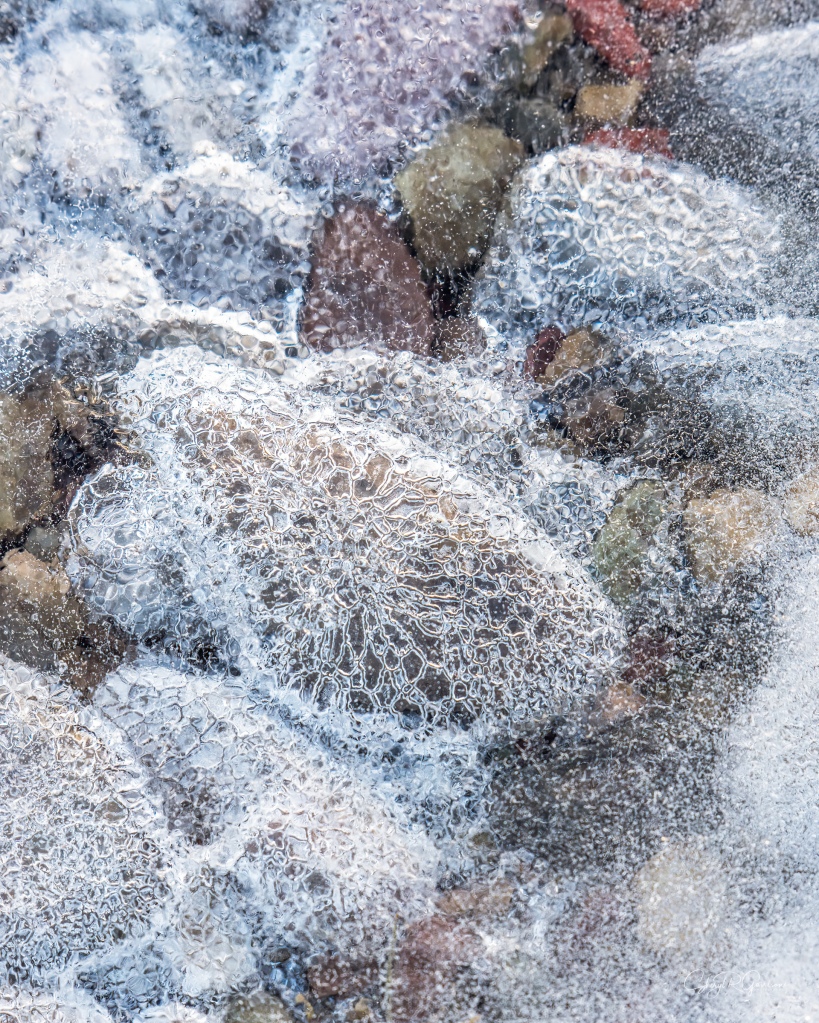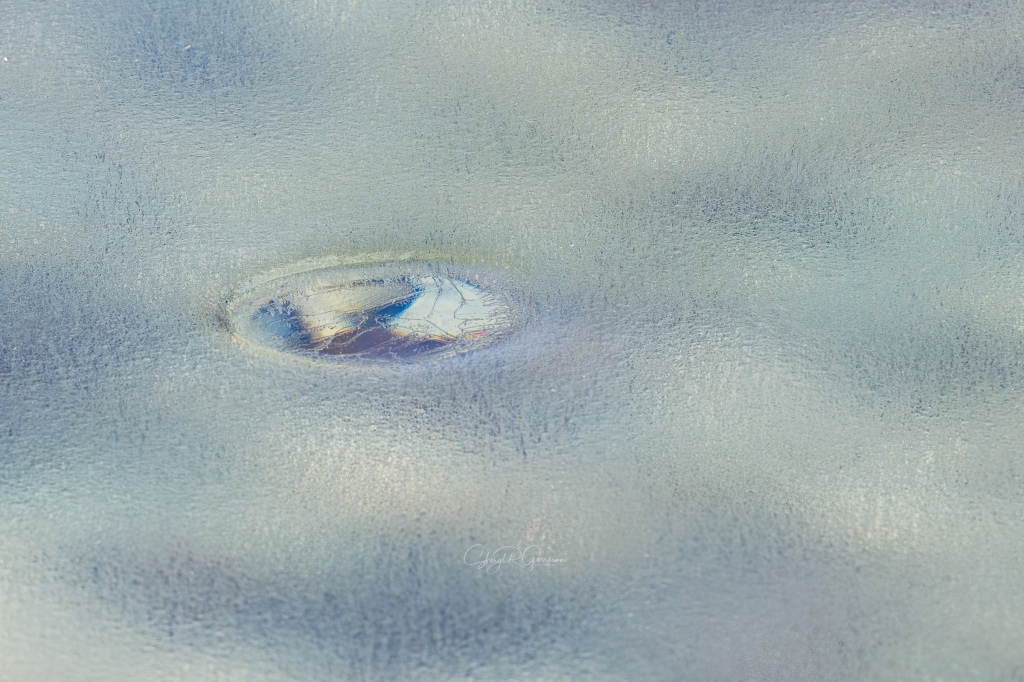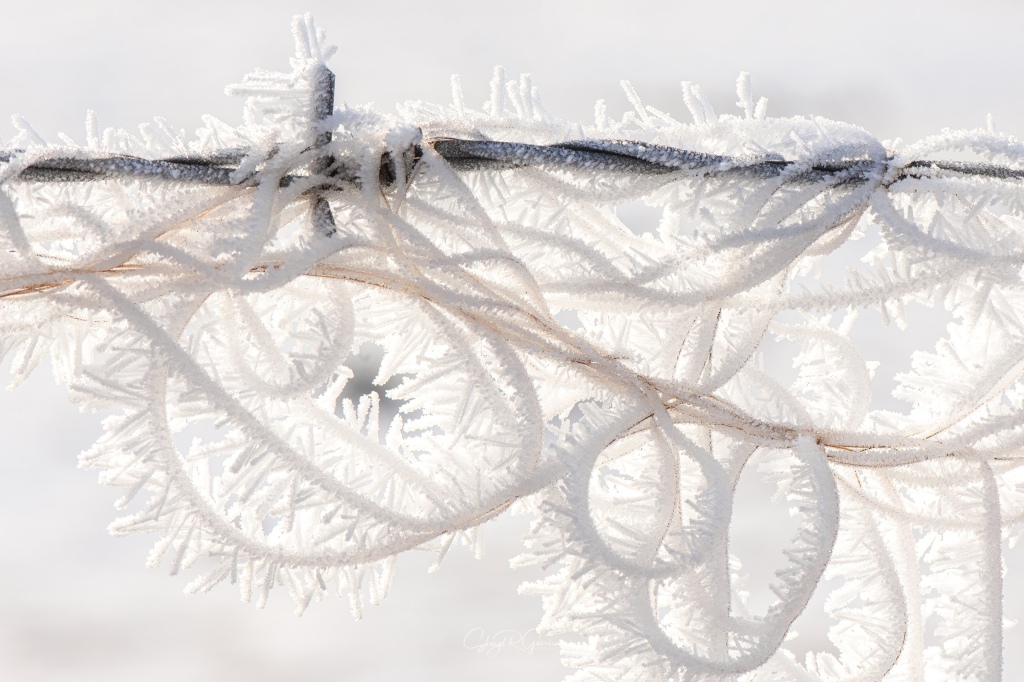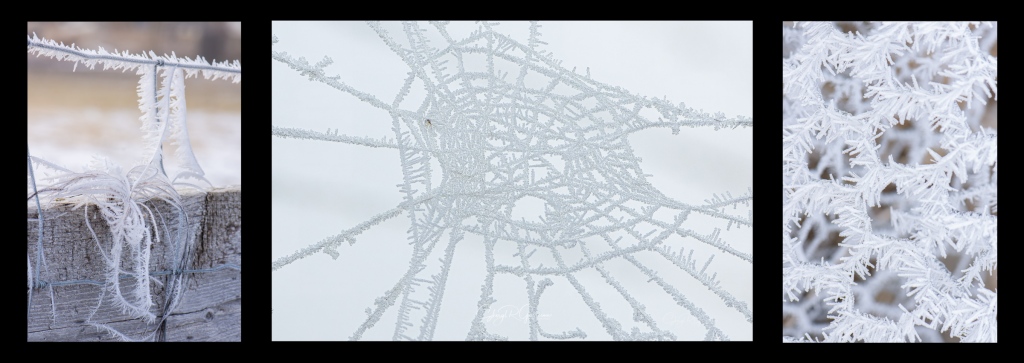
I think it’s safe to say that winter has passed—after all, isn’t crazy weather the hallmark of spring? The week brought massive dust storms, wet snow, and rain. I’m hoping the late season moisture and additional volume of snowpack on the mountains will bring a bit of a reprieve to the drought-like conditions. The bright green leaves of spring have appeared on the trees, but they won’t on the ones in the image above. Those trees bare the scars of a massive wildfire that struck the area in 2017. Below them lies a carpet of new growth and soon spring flowers. Happy Sunday, everyone!

